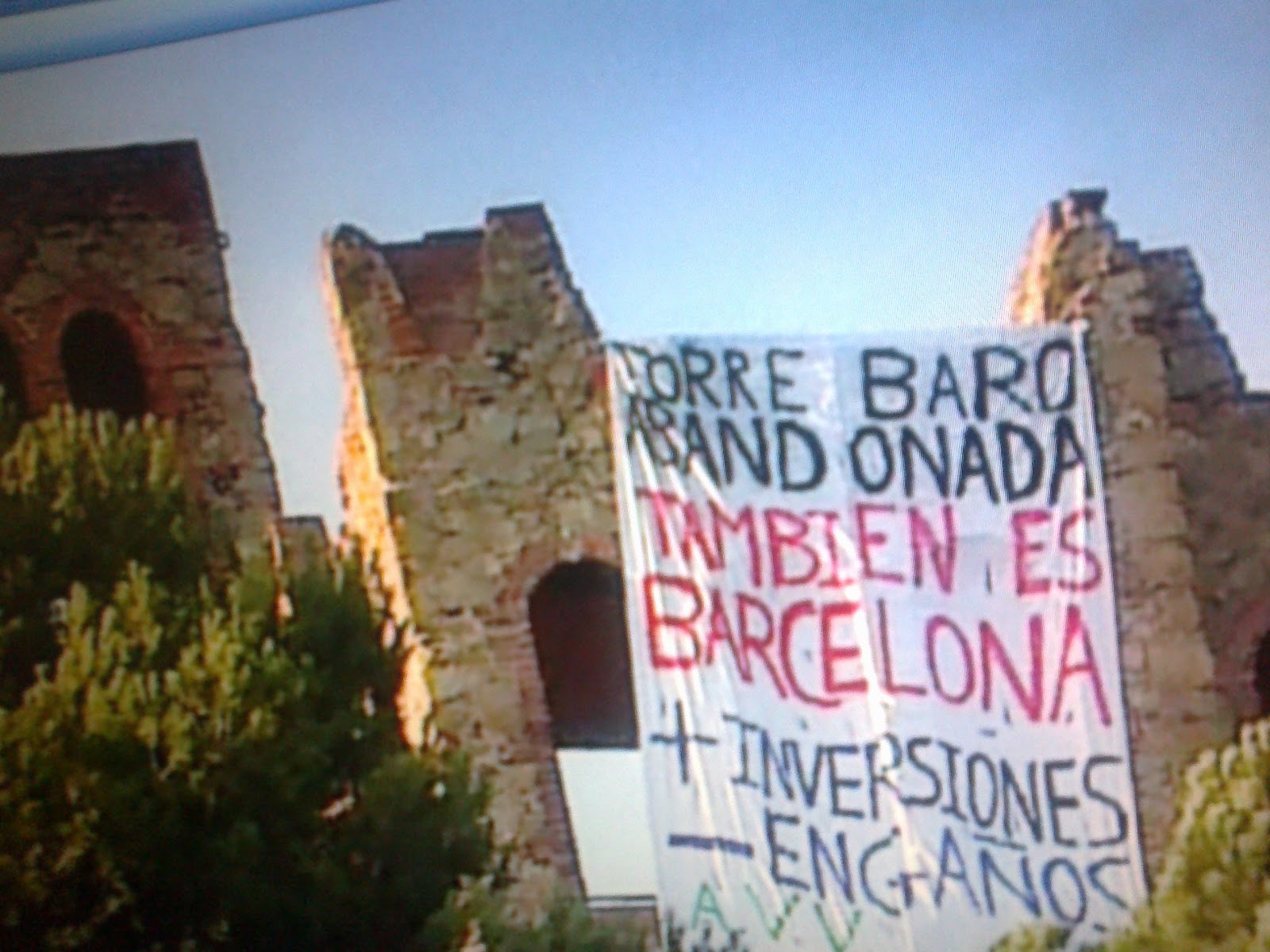 “An abandoned Torre Baro, is also [part of] Barcelona. More investment, less deception.”
“An abandoned Torre Baro, is also [part of] Barcelona. More investment, less deception.”
This week our students are taking part in a hands-on, real-world workshop in Torre Baro with the aim of enhancing the economic and social diversity of this physically marginalized, peripheral low-income neighborhood of Barcelona. In response to the Torre Baro municipality’s request, our students will collect data, interview residents and map the neighborhood in a number of ways in order to provide empirical findings and pragmatic recommendations for the betterment of the community.
Ever since its urban renewal projects of the 1980s and 1990s, Barcelona has become an international reference for good urban design. This successful model, however, did not extend to the peripheral neighborhoods of Barcelona, which consist of massive housing blocks built during the 1960s to accommodate the large influx of immigration from southern Spain. These neighborhoods are still facing significant urban deficits and as of the 1980s, possess a strong cultural and social mix due to foreign immigration and continued growth. Such is the case of many neighborhoods in the district of Nou Barris, located in the far north of the city of Barcelona, including that of Torre Baro.


Situated between infrastructural barriers like highways and train tracks and perched on the steep topography of the Collserola mountain, the neighborhood presents a very distinct morphology. It was built up in privately subdivided plots and self-constructed by the residents throughout the years without any urban planning or development scheme. Today, it is a mono-functional neighborhood that lacks social facilities and commercial activity. Its urban fabric is comprised of low density houses, some of which are in a very precarious state. After undergoing municipal interventions from 2004 to 2008 that basically focused on roadway urbanization and public transportation, the neighborhood is lacking a holistic urban betterment approach–warranting the need to acknowledge and assess its urban and social deficits in order to acquire productive urban and civic spaces.

Images from our socio-spatial workshop last year in Ciutat Meridiana, Barcelona.
In this two-week workshop, as in our Ciutat Meridiana workshop last year, students will analyze the existing social-spatial values and active community in Torre Baro and delve into the strategic value of spatial and cultural resources in order to reinforce local identity and community engagement. In doing so, they will employ a methodological approach that understands place-making as part of a socio-spatial assemblage that can help identify and build spatial and social ties.
The workshop intends to apply this methodology through a spatial and social analysis focused on an aspect that the technical office of the municipality of Torre Baro deems necessary: to determine how businesses, services, and facilities can foster economic diversity and innovation. The analysis will intend to thrive on creativity, in the sense of enhancing a creative economy, with the understanding that incorporating diverse activity may be meaningful to individuals rather than to corporations.
Students will present their analysis and recommendations to the municipality and the community on Friday, December 19th at 10am at the Biblioteca Zona Nord. An exhibition of their work will be on show at the neighbors association AAVV Torre Baró, which will open at 12pm the same day.
Stay tuned for pictures and updates on the workshop on our Facebook page!

